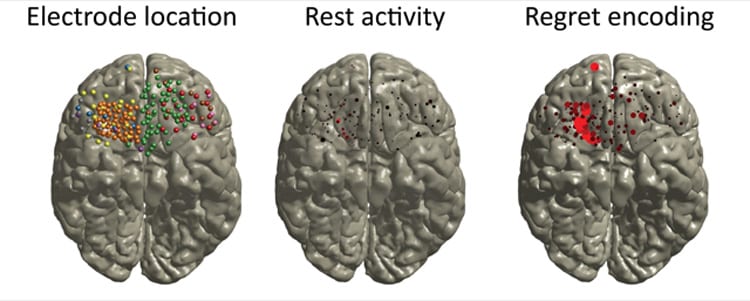
Berkeley Haas researchers have identified another driver of the opioid epidemic in the United States: family ties.
In a new study published in American Sociological Review, Asst. Prof. Mathijs de Vaan and Prof. Toby Stuart show that the likelihood of someone using opioids increases significantly once a family member living in the same household has a prescription. They also find that the chances of a relative obtaining a prescription for opioids within a year after a relative they live with gets one rises by 19 percent to over 100 percent, depending on family circumstances. Individuals from low-income households, for example, are the most likely to secure their own prescription after a family member does.
The study is one of the few analyses of the opioid crisis that finds a causal link between a specific action—in this case, the introduction of painkillers into a home—and their growing use. In all, de Vaan and Stuart analyzed hundreds of millions of medical claims and almost 14 million opioid prescriptions written between 2010 and 2015 and contained in a database operated by the state of Massachusetts. They were able to track family members’ health care through shared medical insurance policy numbers.
“Our research finds huge effects on the likelihood that family members who are influenced by other family members will start using opioids,” says de Vaan, a sociologist who studies social networks.
“Social contagion”
De Vaan and Stuart, who holds the Leo Helzel Chair in Entrepreneurship and Innovation at Haas, suggest two reasons for this contagion: when a family member takes painkillers, other relatives in the home observe firsthand its effects. Patients also typically receive more pills than they need, which means relatives may be tempted to experiment with leftovers sitting in the medicine cabinet.
Family members’ exposure to painkillers then increases the likelihood that they will visit a doctor within a year and obtain their own prescription. Other research has shown that Americans are more willing to ask for—and receive—specific treatments than consumers in other countries.
Because of this, de Vaan and Stuart offer a new insight into the role of physicians in the opioid epidemic. While it’s long been believed that physicians who work in the same community or are connected in other ways rely on each other for advice and adopt similar forms of treatment, the authors show that the explosion in opioid prescription rates may be coming from patients, too.
“The actions of one doctor toward one patient affect the requests that that patient then makes of other doctors he or she visits,” says de Vaan. “We find that physicians are not only influencing each other directly when it comes to opioid prescriptions. They’re influencing each other by steering patient demand.”
A causal link
Sociologists have long studied the role that social networks have on people’s health. Smoking and alcohol use are two prominent examples of habits families often share.
The problem with research into social contagion is that most of it identifies correlations, but can’t establish cause and effect. It’s possible that other factors—like genetics or the tendency for people to marry others like them—come into play, too.
De Vaan and Stuart, however, were able to establish a causal link between opioid prescriptions and an increase in the drug’s use within families. They did this by narrowing their research to emergency room visits only, where patients are randomly assigned to doctors who prescribe opioids at vastly different rates—so the likelihood that one patient received a painkiller prescription over another was random. The experiment also eliminated the possibility that family members who later got a prescription got one from the same doctor or that family members were visiting the same provider, such as a primary care physician.
Finding prevention methods that work
De Vaan and Stuart suggest several steps to address the spread of opioid use within families. To prevent so-called “doc shopping,” states that track prescription drug use and make that information available to doctors could also include data on family members’ access to medications. To avoid violating the privacy of relatives, de Vaan says the program could simply issue a “risk” score that would signal to doctors that their patient has been indirectly exposed to painkillers at home.
Policymakers could also expand upon existing efforts to collect leftover prescription drugs—namely through National Prescription Drug Take Back Day—by paying people to return their excess supply. The upfront costs would likely be offset by the money saved in addiction treatment and other costs, de Vaan says. Doctors should also be trained on how to push back when patients ask for painkillers.
“We’ve identified a specific driver of opioid consumption, so all of these steps make a lot of sense,” de Vaan says.

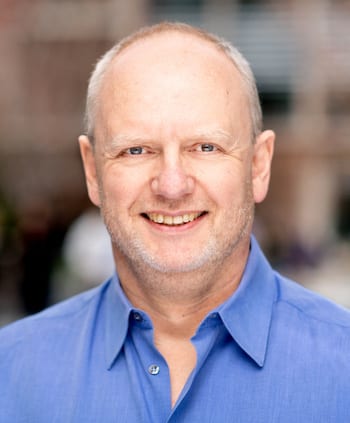


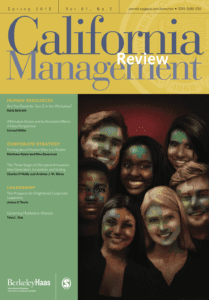 Senior Lecturer Holly Schroth was motivated by her recent experiences in the classroom to research and write “
Senior Lecturer Holly Schroth was motivated by her recent experiences in the classroom to research and write “




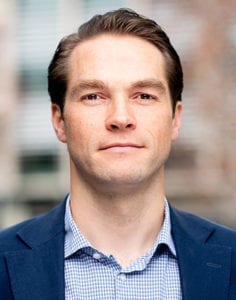
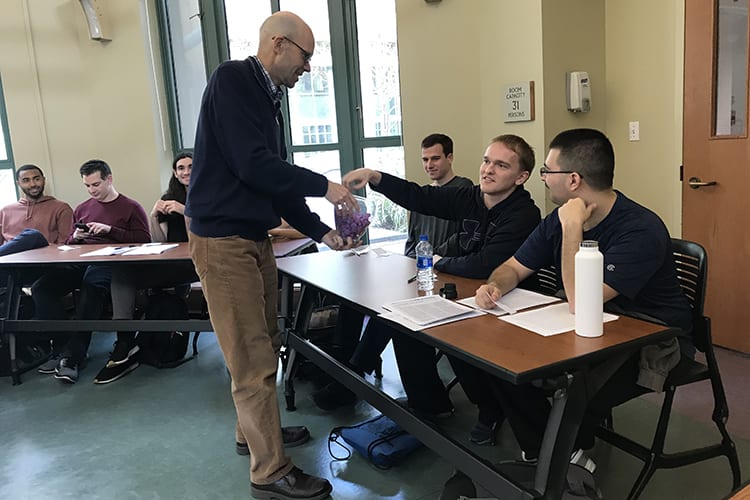
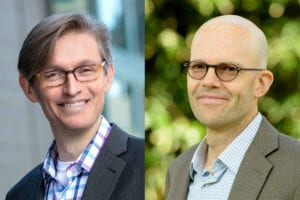
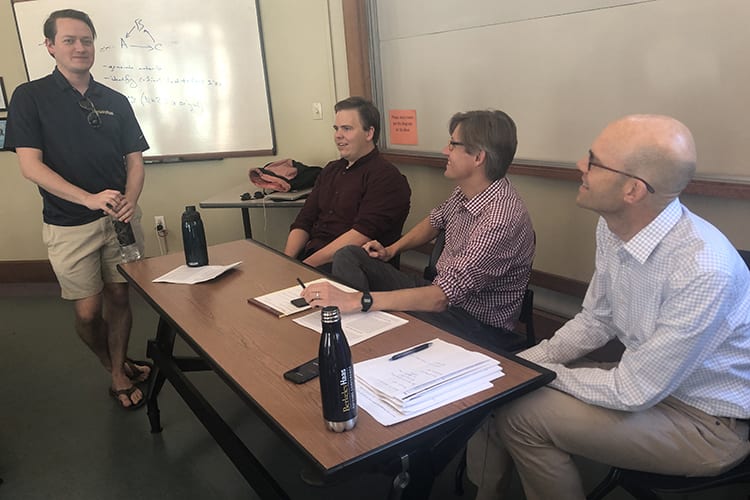
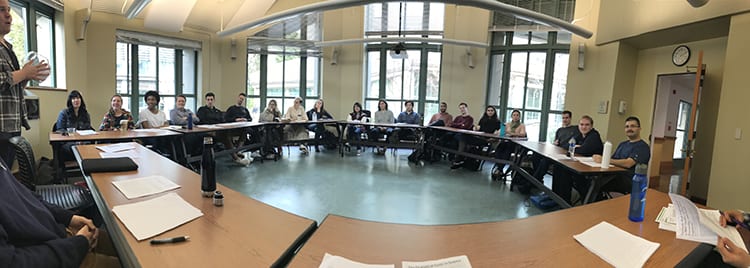

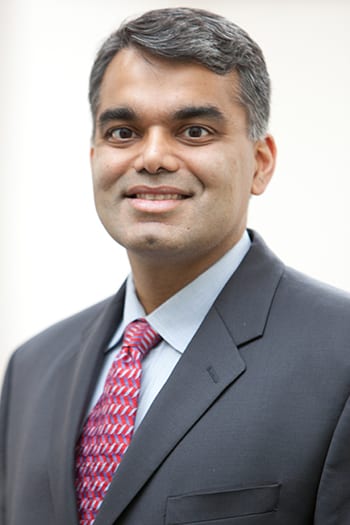
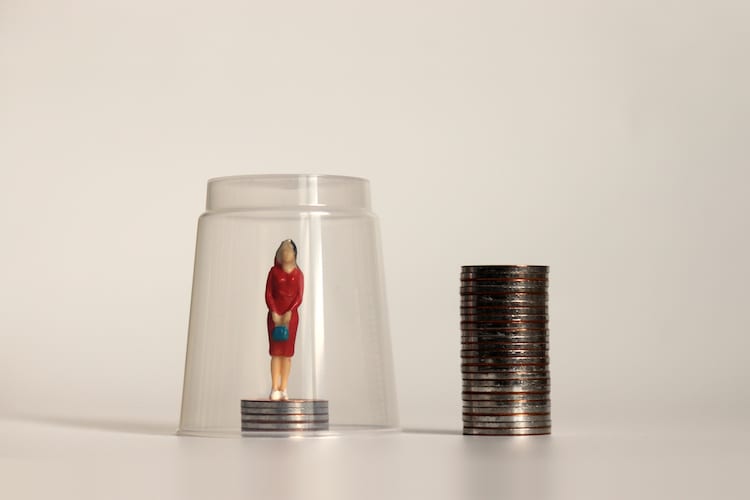
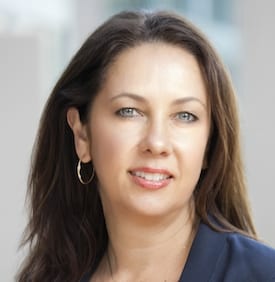

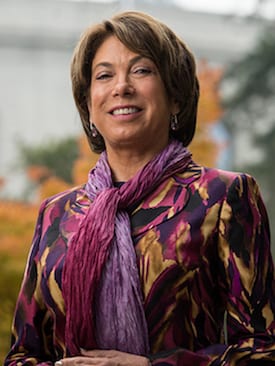
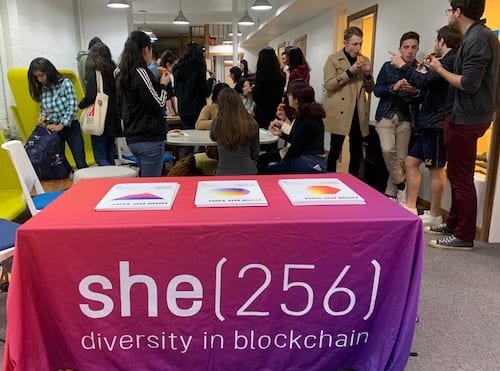
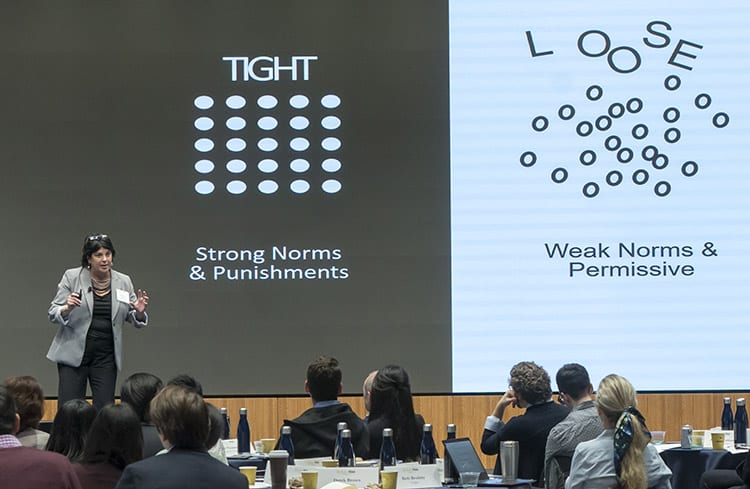
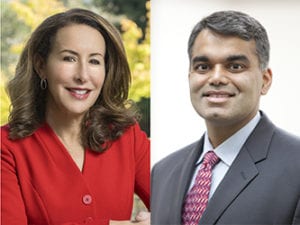
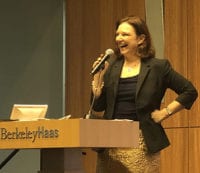
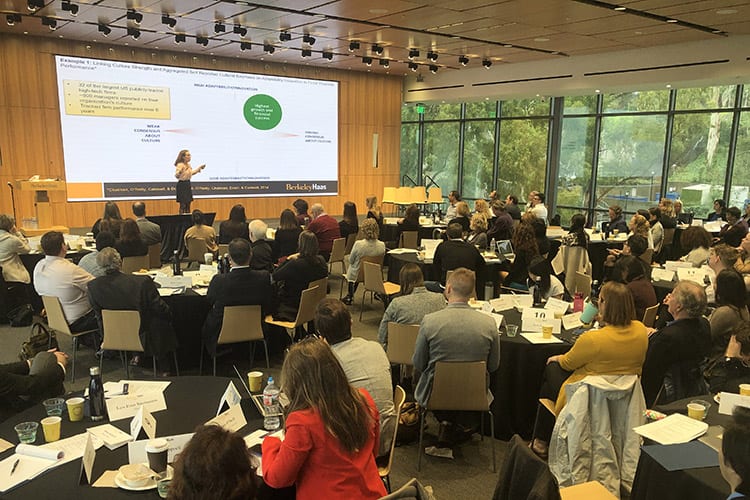
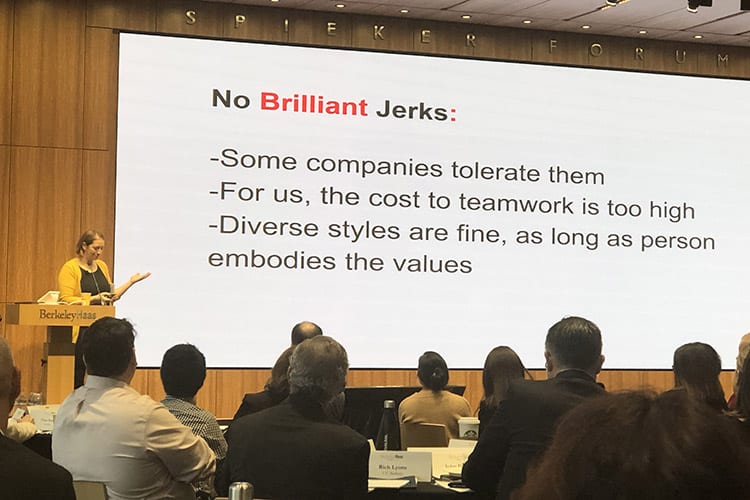
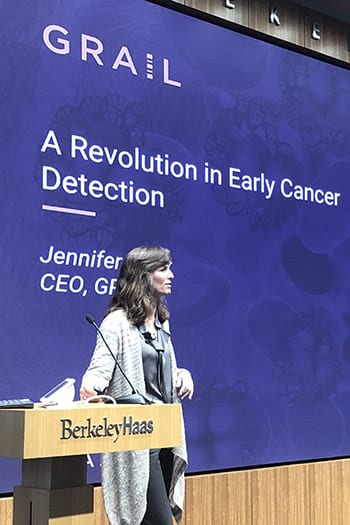
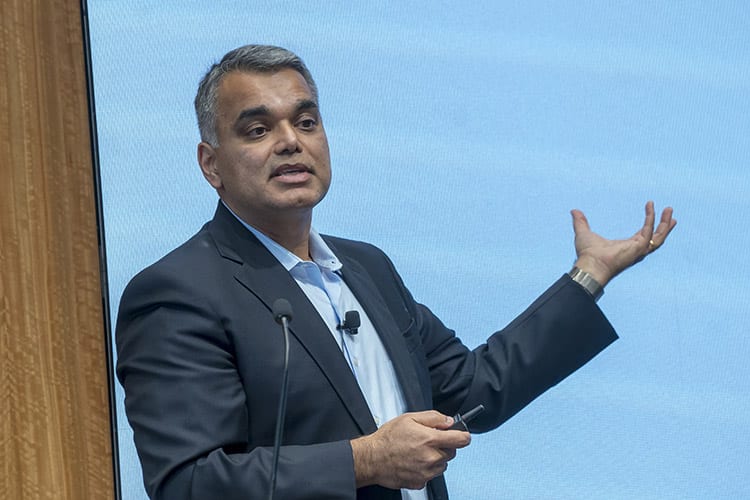

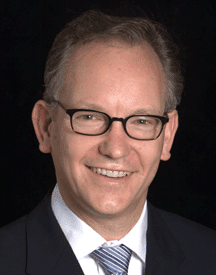
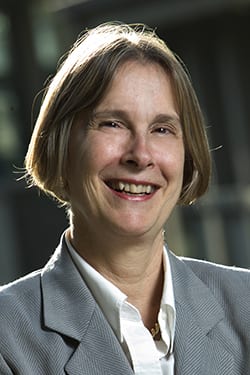

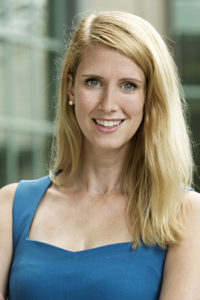
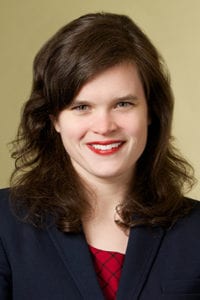

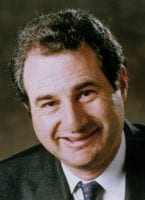


 When a Starbucks employee recently called the police on two black men who asked for a bathroom key but hadn’t yet ordered anything, it seemed a clear-cut case of racism leading directly to unfair treatment. Many outraged white customers publicly contrasted it with their years of hassle-free Starbucks pit stops.
When a Starbucks employee recently called the police on two black men who asked for a bathroom key but hadn’t yet ordered anything, it seemed a clear-cut case of racism leading directly to unfair treatment. Many outraged white customers publicly contrasted it with their years of hassle-free Starbucks pit stops.
